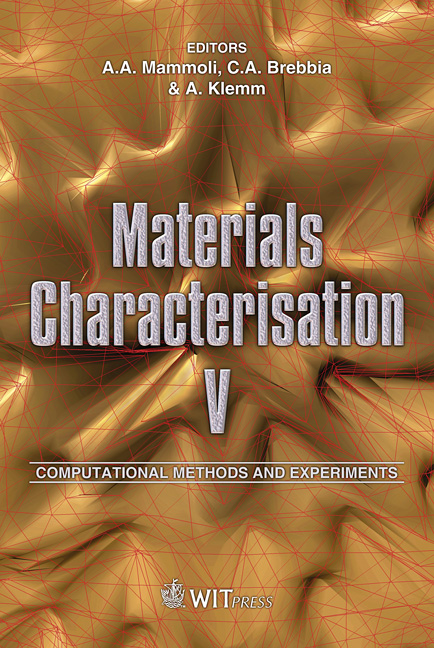Application Of Positron Annihilation Lifetime Spectroscopy To Nano-characterisation Of Polymer-modified Mortars
Price
Free (open access)
Transaction
Volume
72
Pages
12
Page Range
3 - 14
Published
2011
Size
396 kb
Paper DOI
10.2495/MC110011
Copyright
WIT Press
Author(s)
P. Guagliardo, A. J. Klemm, S. N. Samarin & J. F. Williams
Abstract
Positron annihilation lifetime spectroscopy (PALS) has been applied to study the microstructural features of immature cement mortars. Two types of cement mortars containing superabsorbent polymers (SAPs) were studied, in addition to Ordinary Portland Cement (OPC). The ortho-positronium lifetimes for all samples were in the range of 1.70-1.73 ns, values that are close to that of free water (1.7 ns) and hence suggest the presence of water-filled pores. Periodic lifetime measurements showed that the intensity of this component decreased slightly over a period of four weeks, indicating water loss associated with the curing process, evaporation or a combination of the two. Keywords: cement mortar, superabsorbent polymer, positron annihilation lifetime spectroscopy, positronium, porosity, hydration, curing. 1 Introduction Cement is a material of immense practical importance, but in spite of its almost ubiquitous use, its microstructural characterisation still proves to be problematic. The complexity of the problem is enhanced when the composition of cement is modified through the use of auxiliary agents. Ordinary Portland cement is a combination of gypsum (CS*H2) and clinker. Gypsum acts to prevent rapid setting of the cement paste while clinker is the hydraulic binder. The major constituents of clinker are tricalcium silicate (C3S), dicalcium silicate (C2S),
Keywords
cement mortar, superabsorbent polymer, positron annihilation lifetime spectroscopy, positronium, porosity, hydration, curing





